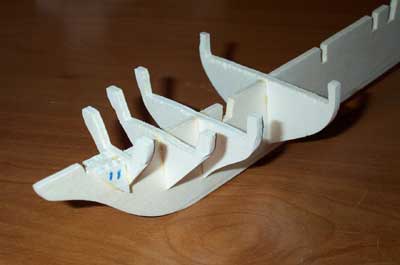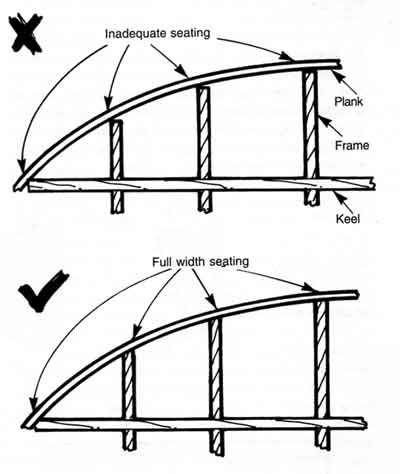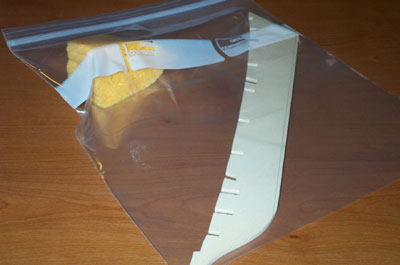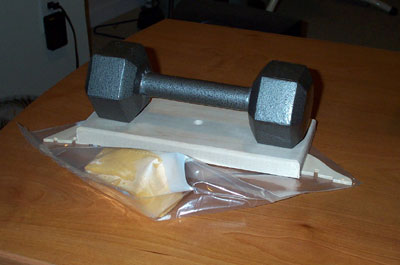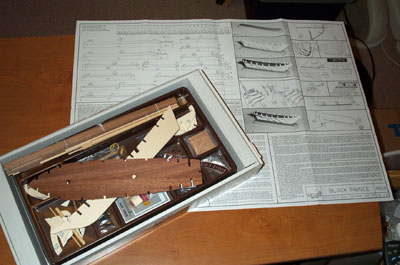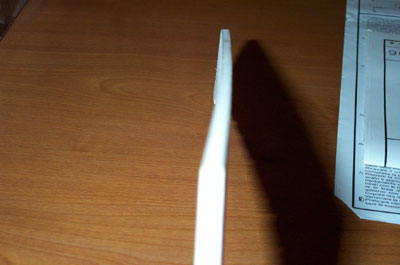Planking Begins
The first planking of the hull has begun, using cyanoacrylate to tack the planks in place, and carpenter's wood glue for the full glue-up. The planks are drilled at each bulkhead, and push-pins used to hold them in place while the glue cures.
Following every piece of planking advice I've ever heard, I'm planking the hull one plank at a time, alternating between the port and starbord sides of the hull to avoid distortion of the hull form.
Photos later.
